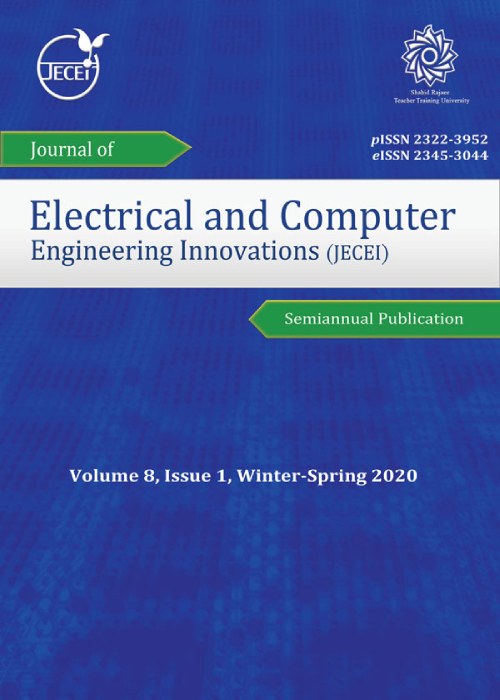Nonlinear Analysis of Colpitts Oscillator using on Differential Transform Method
The Differential transform method (DTM) is used in the analysis of ordinary, partial, and high-order differential equations. Recently, the DTM is used in the nonlinear analysis of physical nonlinear dynamic systems.
The DTM method is used to analyze and analytically solve the nonlinear mathematical model of bias current-controlled Colpitts oscillator with variable coefficients. Intervals of the validity of the proposed method are evaluated by using the fourth order Runge-Kutta method (RK4M). In this note, the Lyapunov exponent (LE) can be used to analyze the Colpitts oscillator. By using DTM, the LEs are calculated analytically with unknown parameters in a short interval of time t[0, 3 Sec].
In this paper, intervals of the validity of the proposed method are evaluated using RK4M. In addition, LEs are calculated using analytical and numerical methods based on DTM technique and Wolf method, respectively. LEs of the proposed system are presented as a function of the control parameter to confirm the applied technique’s usefulness.
By comparing these two methods, the proposed DTM analytical technique is relatively more precise. Simulation results confirmed the impact of different parameters on LEs with two different initial conditions. The results show good accuracy of the DTM in short time intervals t[0, 3 Sec].
The Differential transform method (DTM) is used in the analysis of ordinary, partial, and high-order differential equations. Recently, the DTM is used in the nonlinear analysis of physical nonlinear dynamic systems.
The DTM method is used to analyze and analytically solve the nonlinear mathematical model of bias current-controlled Colpitts oscillator with variable coefficients. Intervals of the validity of the proposed method are evaluated by using the fourth order Runge-Kutta method (RK4M). In this note, the Lyapunov exponent (LE) can be used to analyze the Colpitts oscillator. By using DTM, the LEs are calculated analytically with unknown parameters in a short interval of time t[0, 3 Sec].
In this paper, intervals of the validity of the proposed method are evaluated using RK4M. In addition, LEs are calculated using analytical and numerical methods based on DTM technique and Wolf method, respectively. LEs of the proposed system are presented as a function of the control parameter to confirm the applied technique’s usefulness.
By comparing these two methods, the proposed DTM analytical technique is relatively more precise. Simulation results confirmed the impact of different parameters on LEs with two different initial conditions. The results show good accuracy of the DTM in short time intervals t[0, 3 Sec].
- حق عضویت دریافتی صرف حمایت از نشریات عضو و نگهداری، تکمیل و توسعه مگیران میشود.
- پرداخت حق اشتراک و دانلود مقالات اجازه بازنشر آن در سایر رسانههای چاپی و دیجیتال را به کاربر نمیدهد.



